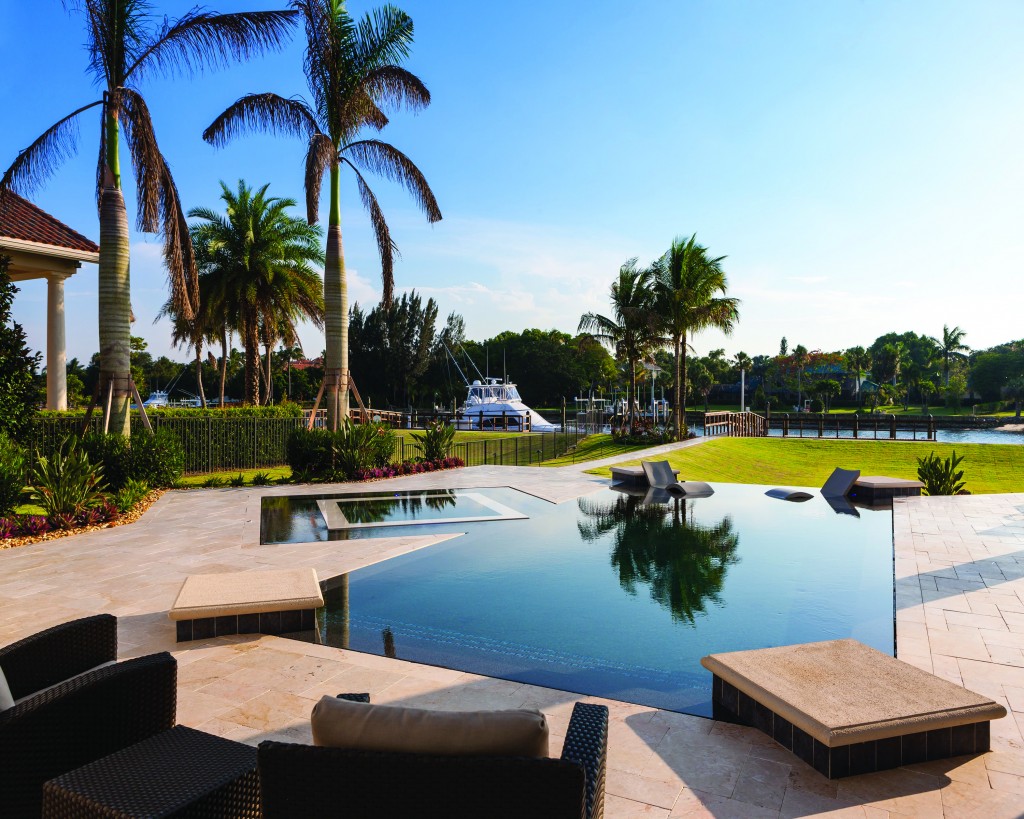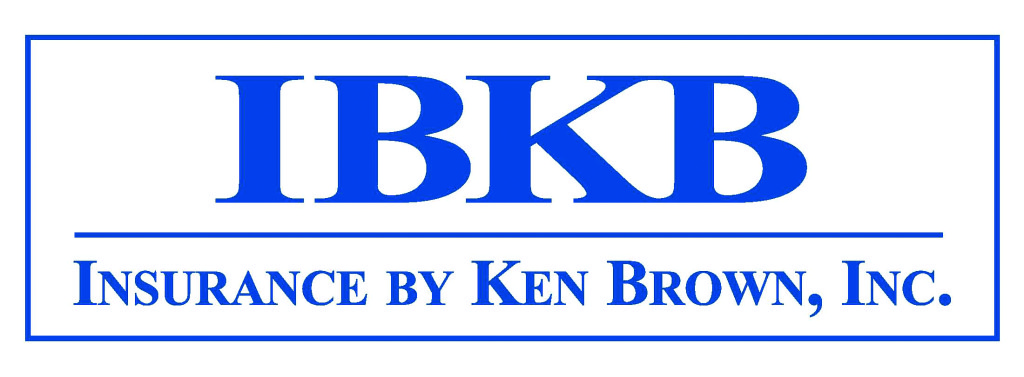Public Swimming Pools 2016 Inspection Guidance
The following is a revision to the December 22, 2006 guidance for public swimming pool program compliance due to changes in Chapter 514, Florida Statutes (FS) and Chapter 64E-9, of the Florida Administrative Code (FAC). The guidance has been revised to reflect these changes while protecting the public’s health and safety in a manner that is not a burden upon DOH staff or the facility owners. Our primary goals are to achieve consistency statewide among inspectors and to recognize and prioritize the critical control points that have been shown to injure patrons and cause disease outbreaks at these types of regulated facilities.
Summary of DOH compliance options available:
Section 514.05, Florida Statutes:
- Closure of a public pool not in compliance with law or rule conditions specified in rule.
- Deny application for a permit. Suspend or revoke a permit.
- Impose an administrative fine not to exceed $500 for each violation of law or rule; includes Ch. 386, FS, violations. To determine amount of fine, you must identify: gravity of the violation and extent of deviation from rule, actions taken by owner to correct violation, and any previous violations.
Section 514.06, FS:
- “Injunction to restrain violations.–Any public swimming pool or public bathing place presenting a significant risk to public health by failing to meet sanitation and safety standards established pursuant to this chapter is declared to be a public nuisance, dangerous to health or safety. Such nuisances may be abated or enjoined in an action brought by the county health department or the Department.”
Local Enforcement Options:
- County Environmental Control Boards.
- State Attorney’s Office.
- Florida Building Code authority by the local Building Official.
Enforcement Option NOT available for the pool program: Citation Authority.
The following public swimming pool inspection violation guide categorizes violations as to their potential for harm, or “gravity of the violation” and thus relates directly to the consequent need for formal enforcement action. Type A violations may warrant immediate pool closure which is authorized under Section 514.05(5), FS, and Rule 64E-9.017, FAC, for the DOH or the FBC violations. This will prevent a serious or imminent injury or disease transmission. Repeat or continuous violations (without the owners’ voluntary closure) of DOH Type B, C and D violations warrant accelerated enforcement action in the form of one of those options listed above.
Florida Building Code (FBC) violations are identified below in the guidance and summary table, and have two public health risk degrees depending on the severity of violation that divides them into the Type A group, and a new Type E group. The FBC summary table of Type A and E violations defines the thresholds for field recognition of these FBC violations. For the DOH to enforce these Type E thresholds, each CHD must follow the guidance written here.
Type E violations allow the pool owner to correct the violation by July 1, when the annual operating permit would be issued, or 90 days after the owner is notified via an inspection, whichever comes later. In the event that the 90-day timeframe applies, an inspection may be necessary to determine if the annual operating permit may be issued, or further enforcement action is needed. The CHD is expected to NOT renew the annual operating permit and take any necessary legal action if the pool owner chooses to continue to operate without a permit following the July 1 renewal date or the end of the 90-day period where applicable.
TYPE A. DOH & FBC Violations (FBC) requiring immediate closure until abated.
The pool shall be closed until the violation is abated and the owner/operator must notify the CHD-Environmental Health of said abatement by phone text, email or fax upon completion, with notification retained in the DOH file. The pool should be re-inspected by the CHD as necessary. Each listed violation below is preceded by the DH920 pool inspection form violation number. Mitigations to avoid closure are noted by an asterisk:
1) Water clarity insufficient to readily see main drain grate from wet deck, or severe biological growth
2 or 3) Physical hazard: unsafe wet deck, sharp edged or broken tile, hazardous finish
4) Three or more depth markers are missing or illegible (FBC)
5) Missing, inoperative or is safety-hazard loose: handrail or ladder* (FBC)
6) Over 50% tread length of step edge markers missing or faded to a Munsell Color Value of >6 (FBC)
7) Suction outlet (drain cover) is broken, missing or unsecured. 514.0315(1), FS
8) Injury hazard on exposed broken grate*; Missing skimmer cover on deck* (FBC)
9) Night swimming allowed without sufficient lighting (Close pool at night)
10) Three or more “No Diving” markers in <5’ of water missing or illegible (FBC)
11) Rail over the deck on 1 meter or higher is missing, or board broken, or not secured to deck* (FBC)
14,15,16) Any single missing or inoperable life hook, life ring with rope, or safety line
20) No functional water closet or lavatory restroom fixture
22) Water Free Available Chlorine (FAC) and Bromine:
Outdoor pool FAC < 1 or > 10 mg/L; Bromine < 1.5 or > 10 mg/L
Indoor pool FAC < 1 or > 5 mg/L; Bromine < 1.5 or > 6 mg/L
Spa pool and IWFs FAC < 2 or > 10 mg/L; Bromine < 3 or > 10 mg/L
23) Water pH < 7.2 or pH > 7.8 for all pools
28) Disinfection equipment inoperable or missing
30) Container mislabeled or not labeled* (FBC)
31) Recirculation filter or pump equipment inoperable or missing
32) Plug or cover for vacuum port missing, or cover broken* (FBC)
46) Entrapment safety feature (SVRS or SLV) controlling the suction pump does not function as designed, as determined by testing of device conducted by a qualified technician or other person as allowed for by the device manufacturer’s instructions. 514.0315(2), FS
37 or 48) Bacterial or chemical contamination, fecal accident
38) Leaking gas chlorine (FBC)
47) Fence or gate breach, on code mandated enclosure (FBC)
48) Open to patrons when any TYPE A violation is found by the owner/operator; or when DOH permit has been revoked, suspended or denied; or not variance proviso compliant
48) Waterborne disease outbreak without corrective action satisfactory to DOH
48) Drowning (fatal or non-fatal) due to pool facility condition. DOH inspection required
48) Electrical hazard evident visually, by touch, or by incident (FBC ONLY, refer violation by telephone or email)
*Owner/operator can mitigate these violations while DOH inspector is onsite to avoid pool closure: 5- Pools with more than minimum number of ladders or handrails required are OK to remain open with minimum. 8-Remove or replace broken grate; replace cover or cover skimmer hole with heavy obstruction. 11- Make diving board & ladder inaccessible. 30- Write contents onto tank with indelible ink. 32- Replace cover or plug.
TYPE B. DOH Violations requiring abatement within 7 days.
The owner/operator must notify the CHD-EH staff when the violation is abated, with notification retained in DOH file. The pool may be re-inspected by the CHD at any time after notice as necessary.
27) Pool water level is lower than gutter or skimmer such that recirculation is voided
34) Thermometer on spa pool or heated pool inoperable or missing
48) Non-adherence to DOH-approved safety plan for climbable structures
BATHING PLACE: Water clarity depth less than 4 feet
Health Advisory must be posted within one day when bacteria test exceeds rule standards (satisfactory retesting is needed to rescind advisory)
Monthly bacteria monitoring required of owner during swim season
TYPE C. DOH Violations requiring abatement within 30 days.
The owner/operator must notify the CHD-EH staff when the violation is abated, with notification retained in DOH file. The pool may be re-inspected by the CHD at any time after notice as necessary.
1) Pool appearance (significant debris, scum, or biological growth)
2 or 3) Deck, curb, or tile repair necessary (injury hazards)
7) Suction outlet (drain cover) exceeds approved 1.5 fps flow, or is past manufacturer’s life replacement time frame. 514.0315(1), FS
17) Pool or spa pool rules sign is not visible or legible from entire wet deck; “NO DIVING” pool rules sign non-compliant, missing or illegible viewed from wet deck
20) Less than full count of mandatory near-pool restroom fixtures are functional
21) Test kit / reagent is unavailable / expired to test daily for halogen or pH
24) Cyanuric acid >100 mg/L for pool or >40 mg/L for spa pool
25) Required ORP / pH controller is inoperable or missing
27) Skimmer grates or weir inoperable or missing; Equipment room water level control mechanism inoperable or missing
29) Required pH feeder is inoperable or missing
31) Design filter flow rate not sustained by over +/-20%
33) Flowmeter inoperable or missing
35) Gauge (1 or more) is inoperable or missing
36) Chemicals stored in pump room
46) Manufactured anti-entrapment safety feature exceeds manufacturer’s testing time frame, is not correctly installed, or DH4157 verification form is not timely delivered to CHD. 514.0315(2), FS
48) No valid permit, or have never applied for permit (application w/in 30 days))
TYPE D. All other DOH code violations to be abated by next routine inspection.
TYPE E. FBC violations to be corrected by July 1 to sustain DOH operation permit. CHD will take enforcement action to close pool only after annual operating permit expires on June 30. As previously outlined in this document, the date of closure must allow for at least 3 months (90 days) after the inspection date that discovered the TYPE E violation.
Additional Compliance Information
For design and construction issues, code compliance can also be achieved with an approved variance under Rule 64E-9.016, FAC, or with a variance or waiver granted under Section 120.542, FS.
Section 514.0115, FS, Exemptions from supervision or regulation; variances. —
(7) The Department may grant variances from any rule adopted under this chapter pursuant to procedures adopted by Department rule. The Department may also grant, pursuant to procedures adopted by Department rule, variances from the provisions of the Florida Building Code specifically pertaining to public swimming pools and bathing places when requested by the pool owner or the pool owner’s representative to relieve hardship in cases involving deviations from the Florida Building Code provisions, when it is shown that the hardship was not caused intentionally by the action of the applicant, where no reasonable alternative exists, and the health and safety of the pool patrons is not at risk.
Section 514.028, FS, Advisory review board.
(1) The Governor shall appoint an advisory review board which shall meet as necessary or at least quarterly, to recommend agency action on variance request, rule and policy development, and other technical review problems…
Section 514.04, FS, Right of Entry: For the purpose of this chapter, Department personnel at any reasonable time may enter upon any and all parts of the premises of such public swimming pools and bathing places to make an examination and investigation to determine the sanitary and safety conditions of such places.
Section 514.031, FS, Permit necessary to operate public swimming pool or bathing place. –(1) It is unlawful for any person or public body to operate or continue to operate any public swimming pool or bathing place without a valid permit from the Department…
Section 514.021, FS, Department authorization. –(1) The Department may adopt and enforce rules to protect the health, safety, or welfare of persons by setting sanitation and safety standards for public swimming pools and public bathing places. The Department shall review and revise such rules as necessary, but not less than biennially. Sanitation and safety standards shall be limited to matters relating to source of water supply; microbiological, chemical, and physical quality of water in the pool or bathing area; method of water purification, treatment, and disinfection; lifesaving apparatus; and measures to ensure safety of bathers.
(2) The Department may not establish by rule any regulation governing the design, alteration, modification, or repair of public swimming pools and bathing places which has no impact on sanitation and safety of persons using public swimming pools and bathing places. Further, the Department may not adopt by rule any regulation governing the construction, erection, or demolition of public swimming pools and bathing places. It is the intent of the Legislature to preempt those functions to the Florida Building Commission through adoption and maintenance of the Florida Building Code. The Department shall provide technical assistance to the commission in updating the construction standards of the Florida Building Code which govern public swimming pools. This subsection does not abrogate the authority of the department to adopt and enforce appropriate sanitary regulations and requirements as authorized in subsection (1).
Public Bathing Places compliance: Section 514.023, FS, — Sampling of beach waters; and public bathing places; health advisories. — (2) The Department may adopt and enforce rules to protect the health, safety, and welfare of persons using the beach waters and public bathing places of the state. The rules must establish health standards and prescribe procedures and timeframes for bacteriological sampling of beach waters and public bathing places.
(3) The Department may issue health advisories if the quality of beach waters or a public bathing place fails to meet standards established by the Department. The issuance of health advisories related to the results of bacteriological sampling of beach waters is preempted to the state.
New 2016 Section 514.011, FS, Definitions for exemptions:
(5) “Portable pool” means a pool or spa, and related equipment systems of any kind, which is designed or intended to be movable from location to location.
(6) “Temporary pool” means a pool intended to be used in conjunction with a sanctioned national or international swimming or diving competition event that does not exceed 30 consecutive days of use.
2015 FBC definition of “water therapy facilities,” as that term is used in Section 514.0115(1), FS, are pools used exclusively for water therapy to treat a diagnosed injury, illness or medical condition, wherein the therapy is provided under the direct supervision of a Florida licensed physical therapist, occupational therapist or athletic trainer; pursuant to prescription by a physician or a physician’s assistant (PA) licensed pursuant to Chapters 458 or 459, FS, a podiatrist licensed pursuant to Chapter 461, FS. or an advanced registered nurse practitioner (ARNP) licensed pursuant to Chapter 464, FS; and the prescribing physician, PA, podiatrist or ARNP authorizes a plan of treatment justifying use of the pool for health care purposes.
Section 514.0115, FS, Exemptions from supervision or regulation; variances. —
(1) Private pools and water therapy facilities connected with facilities connected with hospitals, medical doctors’ offices, and licensed physical therapy establishments shall be exempt from supervision under this chapter.
(5) A portable pool used exclusively for providing swimming lessons or related instruction in support of an established educational program sponsored or provided by a school district may not be regulated as a public pool.
(6) A temporary pool may not be regulated as a public pool.
Please contact Bob Vincent, Bureau of Environmental Health, at 850-245-4578, should you have any questions about this guidance, the rule or other implementation topics.
Summary of FBC violations corrective actions
| DOH/FBC Inspection Violation Number | Type A Immediate closure threshold | Type E Corrective action by (the later of) June 30 or 90 days after notice |
| 4- Depth markers | 3 or more markers missing or illegible | 1 or 2 markers missing or illegible, Any unapproved markers |
| 5- Handrail / Ladder | Missing, inoperable or is safety-hazard loose* | Loose; missing escutcheon |
| 6- Step markings | Over 50% tread length of step edge markings missing or faded to a Munsell Color Value of >6 | Over 10% tread length of step edge markings missing, or faded to a Munsell Color Value of >6 |
| 8- Gutter grates / Skimmer | Injury hazard on exposed broken grate*; Missing skimmer cover on deck.* | 3 or more grates missing or broken; skimmer weir broken or missing; broken skimmer cover on deck |
| 10- NO Dive Markings | 3 or more markers in < 5’ of water missing or illegible | Any markers illegible or missing, Any unapproved markers |
| 11- Diving Board | *Rail over the deck on 1 meter or higher is missing; or board is broken, or is not secured to deck* | Loose or in need of repair. |
| 13- Deck shower | NA | Missing or inoperable |
| 30- Chem. container label | Mislabeled or not labeled* | Almost illegible |
| 32- Vacuum cleaner | Plug or cover for port missing or cover broken* | NA |
| 38- Gas chlorine equipment | Leaking gas | Scale inoperable, forced draft ventilation inoperable |
| 39- Wastewater disposal | NA | No air gap before sewer |
| 40- D.E. separator | NA | Missing or inoperable |
| 42- Equipment change | When it causes a different Type A closure violation | Reduces allowable bathing load by flow loss of >20% |
| 47- Fences / Gates | Fence or gate breach, includes: 4’ height no longer compliant, unstable /unsecured, or gate latch not operable (for code effective 5/27/04) | Fence or gate in need of repair, but not yet breached (for code effective 5/27/04) |
*Owner/operator can mitigate these violations while DOH inspector is onsite to avoid pool closure: 5- Pools with more than minimum number of ladders or handrails required are OK to remain open with minimum. 8-Remove or replace broken grate; replace cover or cover skimmer hole with heavy obstruction. 11- Make diving board & ladder inaccessible. 30- Write onto tank with indelible ink. 32-Replace plug or cover.
NA- Not Applicable



